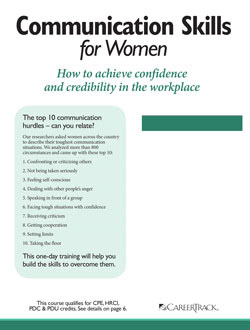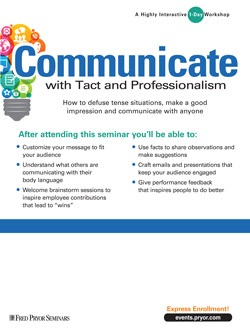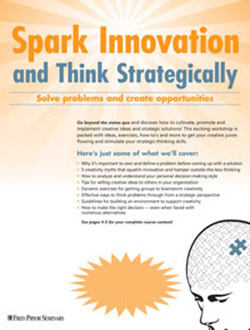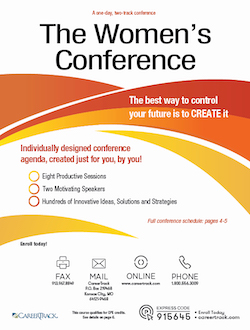Constructive Conflict: Chaos to Collaboration
- Author: Business Training Center from Pryor.com
- Categories:
- Share on:
Conflict, at its heart, is the clash of viewpoints. Conflict is not inherently bad. Good clash leads to innovation and progress. Bad conflict can nosedive into negativity and undermine productivity. An environment that fosters good conflict provides opportunities to find common ground while one that fuels negativity tends to eliminate opportunities for compromise.
Without trust and cooperation among your team, it is impossible for people to work together toward a worthwhile result. Bad conflict happens when you attempt to move forward with someone in a new direction without their cooperation. But how can you, as a leader, build a foundation for collaboration rather than chaos?
Read your audience and communicate respectfully. Pacing as a basic communication skill means reducing the differences between you and others while increasing the quantity of common ground. Ever heard someone say, “It isn’t what you said, but how you said it”? You can disagree with others and provide alternative viewpoints without offense! Too often leaders think that you must concentrate on your own needs as superior and subjugate others’ viewpoints. Instead, be flexible. If the way you are communicating results in a negative reaction and guarded body language, adapt your approach rather than muscling your way through.
Shed your adversarial point of view. You and your coworkers are on the same team. To get the most out of the collection of talents and resources in your group, you need to foster an environment for positive clash. Minimize insecurities and defensiveness and set a tone for cooperation and problem solving. You must willfully shift your position to reinforce shared goals. Don’t view your teammates as opponents, but resources to achieve your shared objectives. Identify points of agreement, no matter how small or seemingly insignificant, and build on those. Expand on them until you produce a platform on which you can find true growth.
Choose a Seminar and Save $10
Communication Skills for Women
- CEU: 0.6
- CPE: 6
- HRCI: 5.5
- PDC: 6
Team Training - Virtual or In-person

From /person
How to Become a Great Communicator
- CEU: 0.6
- CPE: 6
Team Training - Virtual or In-person

From /person
How to Deliver Presentations with Ease and Confidence
- CEU: 0.6
- CPE: 6
Team Training - Virtual or In-person

From /person
Managing Emotions Under Pressure
- CEU: 0.6
- CPE: 6
Team Training - Virtual or In-person

From /person
Dealing with Difficult People
1 Day
- CEU: 0.6
- CPE: 6
- HRCI: 5.5
- PDC: 6
Virtual Seminars:
-
Apr 17
-
Apr 19
-
Apr 23
-
+ 35 more dates
In-Person Events:
- Apr 26, Anaheim, CA
- Apr 30, Houston, TX
-
+ 1 more dates

From /person







